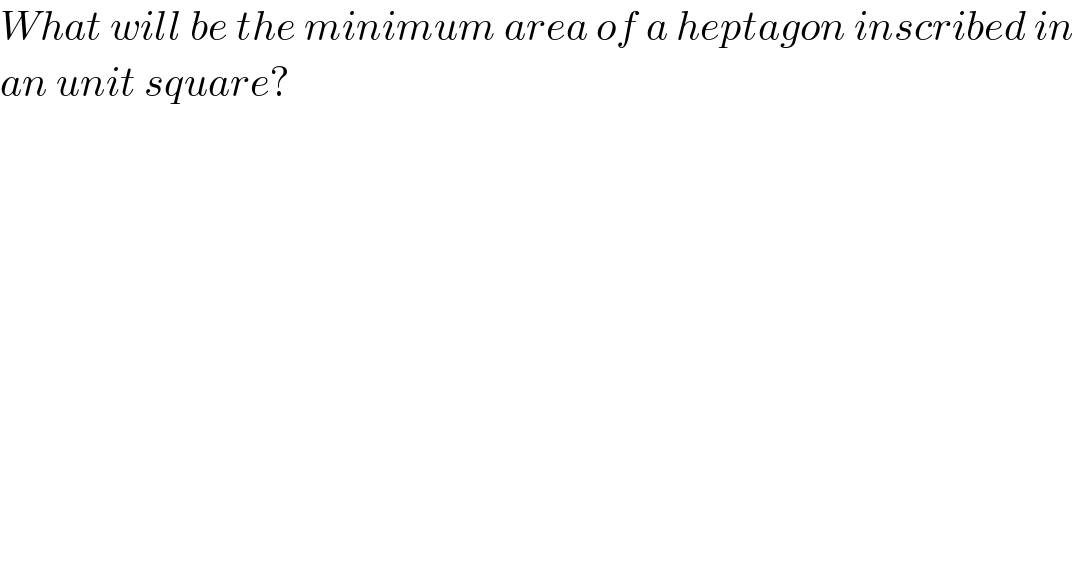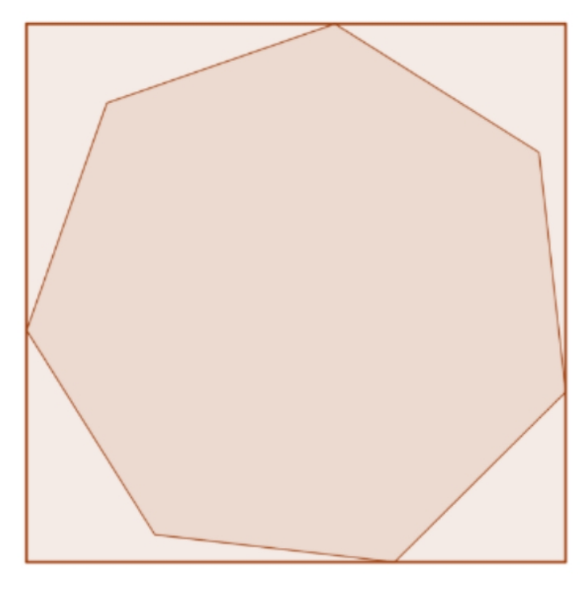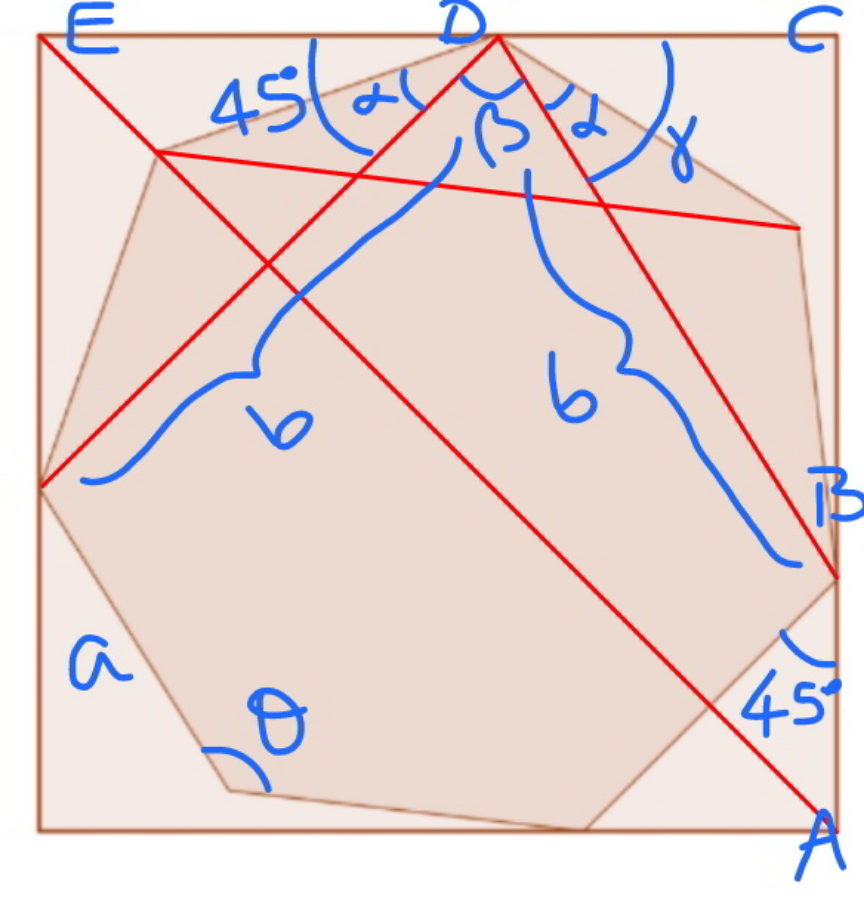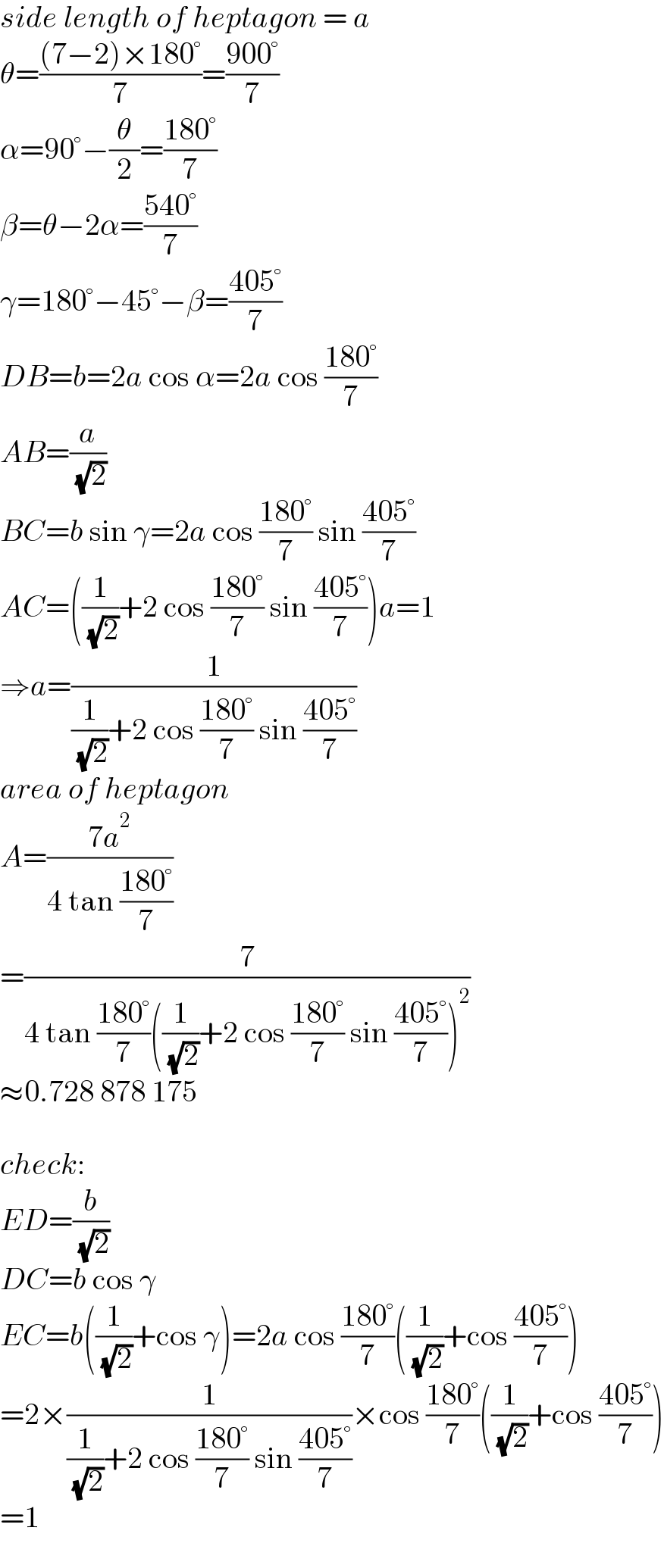
Question and Answers Forum
Question Number 134002 by Dwaipayan Shikari last updated on 26/Feb/21

Commented by Dwaipayan Shikari last updated on 26/Feb/21

Answered by mr W last updated on 26/Feb/21

Commented by mr W last updated on 26/Feb/21

Commented by Dwaipayan Shikari last updated on 26/Feb/21

